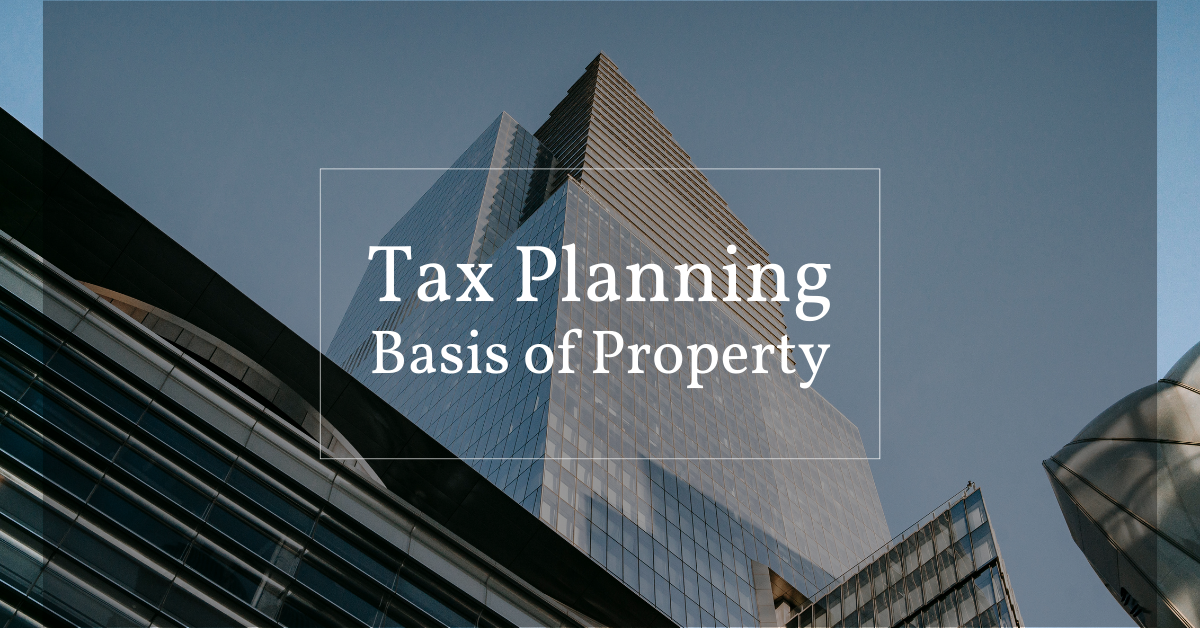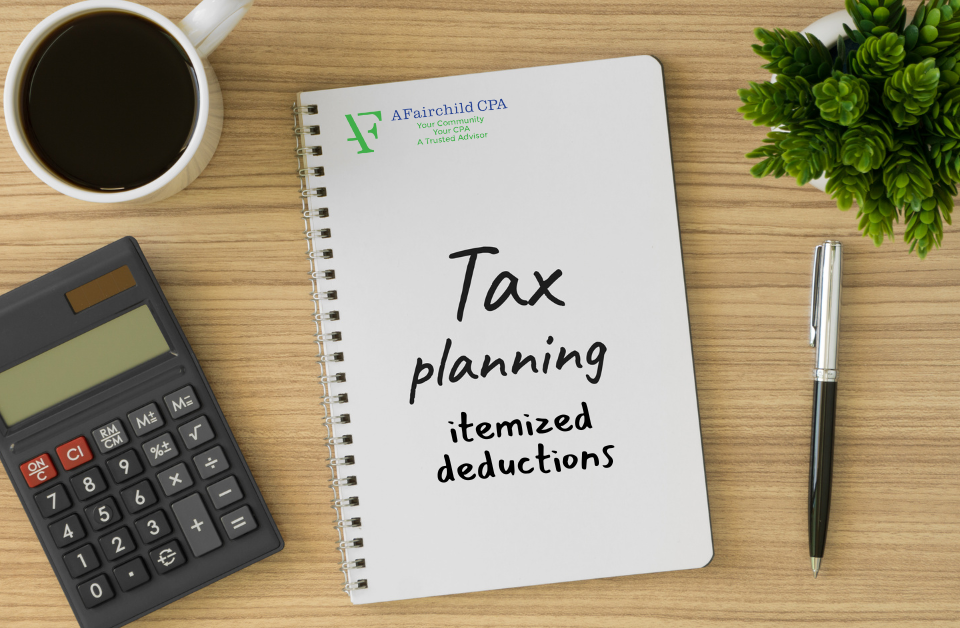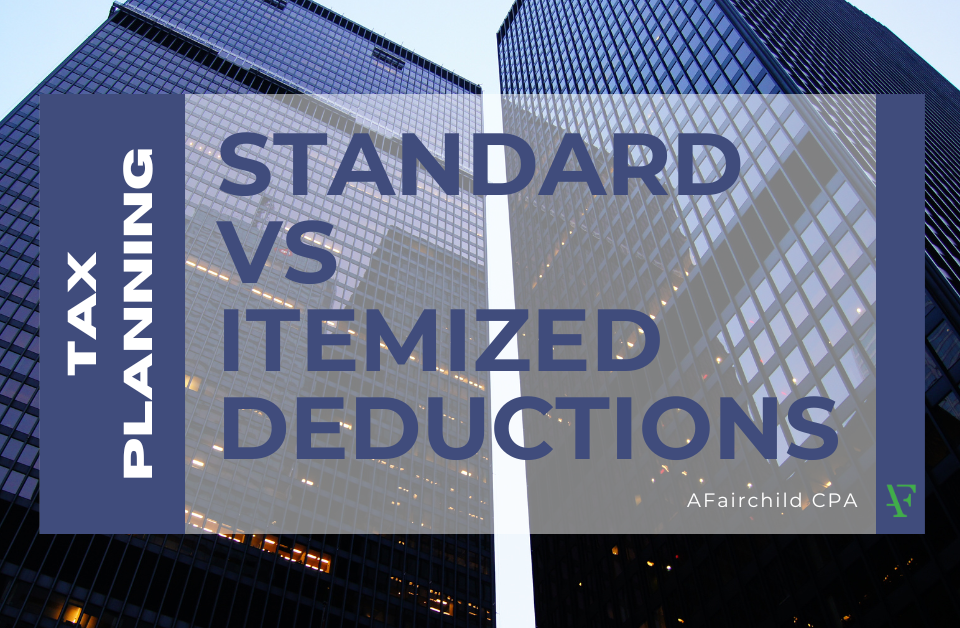
Tax Planning: Basis of Property
November 1, 2023
Tax Planning: Qualified Opportunity Zones
November 15, 2023
2023 Tax Planning: Excess Business Losses of Noncorporate Taxpayers
Under the CARES Act, the limitation on excess business losses for shareholders and partners of pass-through businesses and sole proprietors applies to tax years beginning after December 31, 2020 and before January 1, 2026. Under the Inflation Reduction Act of 2022, the limitation is now extended until January 1, 2029.
An “excess business loss” is the excess of a taxpayer’s aggregate deductions for the tax year from its trade or businesses over the aggregate gross income or gain for the tax year from those trades or businesses plus for 2023 $289,000 ($578,000 for joint return filers). For tax years beginning after December 31, 2017, the excess is determined without regard to any deductions, gross income, or gains attributable to any trade or business of performing services as an employee.
A “trade or business” can include, but is not limited to, Schedule F and Schedule C activities, an activity reported on Form 4835, and other business activities reported on Schedule E. Business gains and losses reported on Form 4797 and Form 8949 can be included in the excess business loss calculation. They also include pass-thru income and losses attributable to a trade or business. This includes farming losses from casualty losses or losses by reason of disease or drought.
Before applying the excess business loss rule, noncorporate taxpayers must apply the at-risk rules and the passive activity loss rules. The excess loss is also added back into income on the taxpayer’s individual income tax return, which in effect reduces the total loss shown on other parts of the return from the taxpayer’s business(es).
Net operating loss (NOL) carryover and treatment.
Noncorporate taxpayers must treat any disallowed excess business losses as a net operating loss (NOL) carryover to the following tax year. Partnerships, S corporations, and fiduciaries apply the excess business loss rules at the shareholder level. Additional limits may restrict the use of NOLs in the carryover year.
The carryforward period is unlimited for NOLs arising in tax years beginning after 2020. However, the carryforward that arose in a post 2017 tax year may only offset 80 percent of taxable income. However, the 80 percent limitation does not apply to non-life insurance companies. There is no carryback period, except for farming losses and non-life insurance company losses, which have a two-year carryback period.
Contact Us
Please call our office (214-731-7664) to review your loss carryovers to determine utilization of excess business losses and opportunities to increase your cash flow. We are here to assist you.




